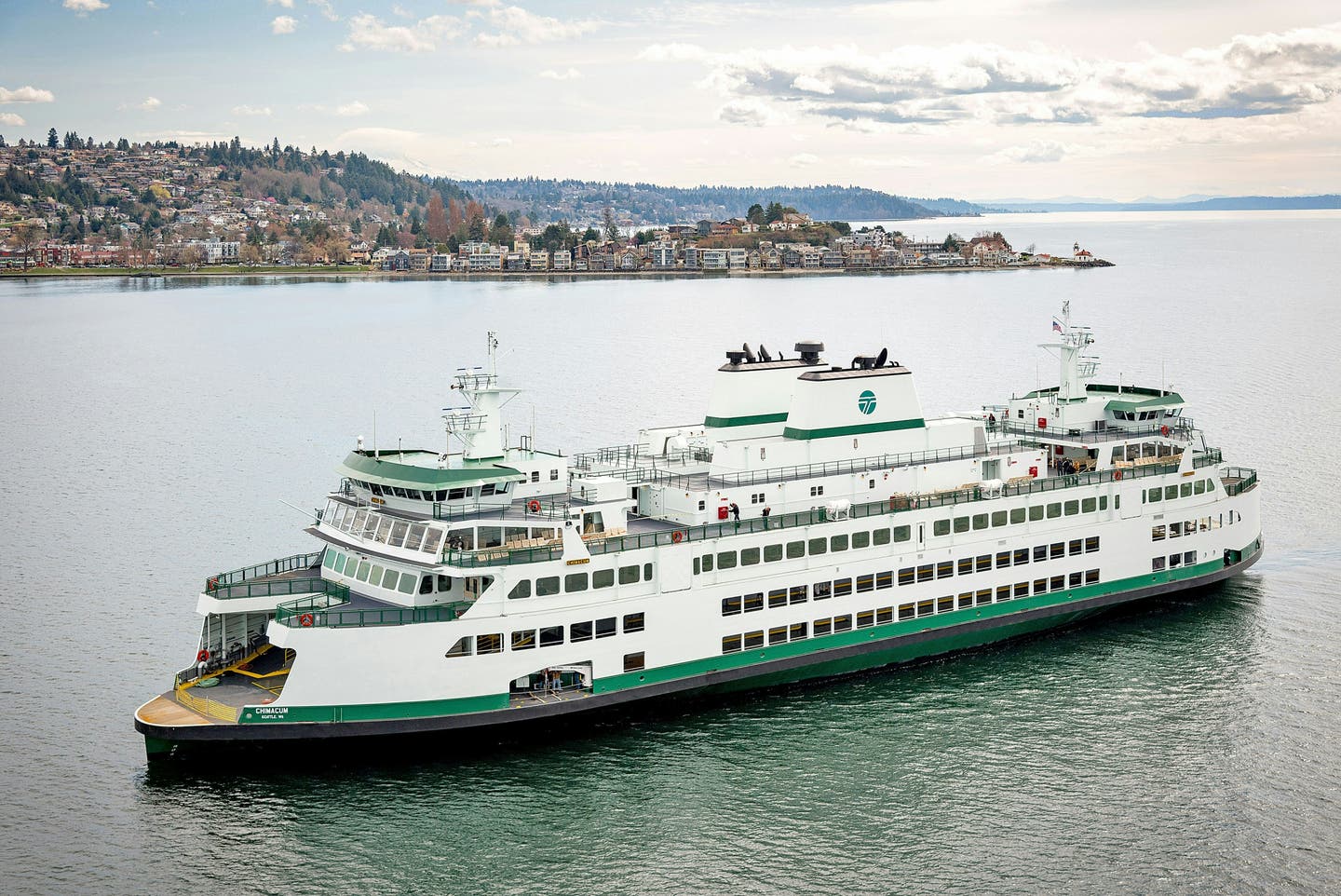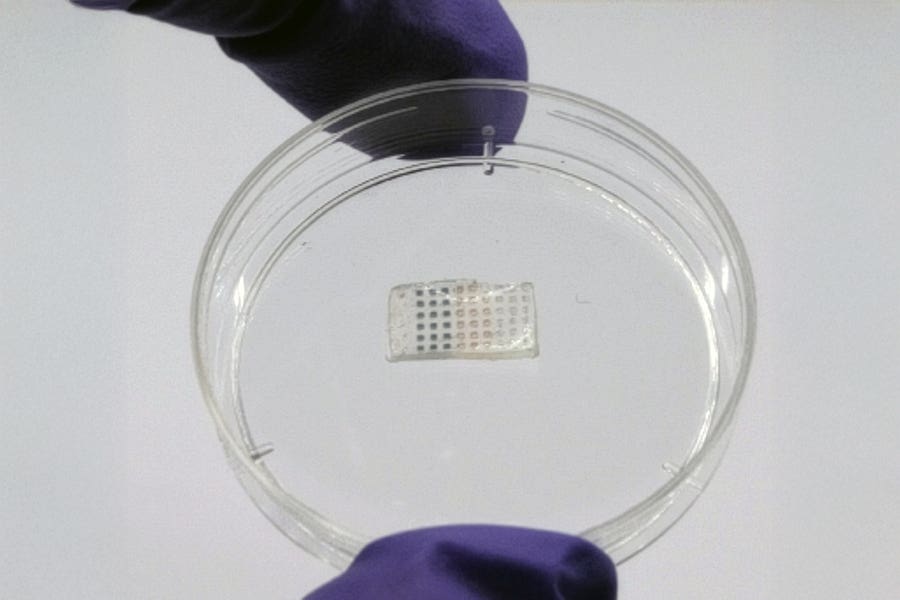New ferry propulsion system cuts carbon emissions by 120 tons per year
Scientists propose replacing ferry diesel engines with compressed air motors—cutting costs, pollution, and noise with a payback in 8 years.

A new air-powered propulsion system may replace diesel engines in ferries, cutting 120 tons of CO2 and $73,000 a year. (CREDIT: Vigor)
A new approach to powering ferry boats could help reshape maritime transport while cutting costs and emissions. Scientists have proposed a pneumatic propulsion system that replaces traditional diesel engines with air-powered motors.
This system stores compressed air in high-pressure tanks and uses it to turn air motors connected to propellers. Compared to diesel engines, these pneumatic systems offer clear advantages in cost, sustainability, and simplicity—especially for short-distance ferry routes.
Researchers from the University of Sharjah tested this new method on an older ferry in Finland that has operated since 1985. The ferry’s original diesel engines produced 250 kilowatts of power per side and burned over 55,000 liters of diesel each year. That’s a large carbon footprint and a heavy financial burden. The proposed alternative uses compressed air, stored at 150 bars in 50-cubic-meter tanks, to power eight 60-kilowatt air motors—four on each side.
With a daily energy need of 3.58 gigajoules, the team used a 132-kilowatt compressor to refill the air tanks in just over six hours. This ensures the ferry can stay on schedule and complete its usual routes. Scientists claim this new setup meets the ferry’s needs while cutting annual fuel costs by $73,051 and reducing carbon emissions by 120 tons. With a projected payback period of 8.1 years, the investment seems worthwhile.
Cleaner Energy for the Water
Traditional diesel engines may be powerful and reliable, but they come with major downsides. They release a significant amount of pollutants into the air, including carbon dioxide and particulate matter. They’re also noisy and depend on a fuel market known for price swings.
In contrast, pneumatic propulsion uses compressed air to move a vessel. It’s a cleaner process that doesn't rely on fossil fuels and produces no direct emissions. According to Professor Abdul Hai Alami, the lead author of the study, "Replacing these engines with pneumatic ones is a cleaner and more effective option." He also noted that air storage tanks could be built into the ferry structure or added separately, helping with both propulsion and buoyancy.
Pneumatic systems don’t just make sense for environmental reasons. They’re also easier to maintain. Unlike complex diesel engines, air motors have simpler mechanics and fewer moving parts. This means fewer breakdowns and lower maintenance costs.
Related Stories
Strong Technical Results
The team behind this proposal focused on a detailed, technical plan that they believe can be used in other ferries. Their method involved using polytropic calculations to study how air behaves as it’s compressed, stored, and then released into the motors. This attention to thermodynamic behavior ensures the system is both energy-efficient and realistic for long-term use.
Professor Alami emphasized how this approach works in the real world. “Using this method for maritime vessels is attractive from economic, practical and environmental vantage points,” he said. “It could be easily adapted to most ferry boats even in harsh conditions.”
The team believes this modular design can scale up or down based on a ferry’s specific needs. Whether it’s a small passenger boat or a mid-sized vehicle ferry, the compressed air system can be tailored to match the required propulsion output. That flexibility makes it appealing for operators who want to modernize without completely redesigning their vessels.
Co-author Kaj Jansson, who specializes in maritime systems, helped apply the changes directly to a Finnish ferry. He believes this approach will become common for boats running on fixed routes. “Pneumatic propulsion is the future of sailing on fixed maritime routes,” said Jansson. “The predictability of pace, payload and destination of ferry boats allow replacing conventional diesel engines that are efficient and reliable but are polluting, noisy and sensitive to fluctuating oil prices with pneumatic ones.”
Sustainable Travel on Water
Environmental impact was a key part of this study. The researchers found that switching to pneumatic propulsion could remove up to 120 tons of carbon dioxide emissions per year. That’s equal to taking about 26 gas-powered cars off the road. The transportation sector is responsible for 20 to 30 percent of all global emissions, so even small changes like this can make a big difference.
The benefits go beyond emissions. Pneumatic systems don’t need diesel fuel deliveries, which often involve trucks and shipping operations that burn more fossil fuels. Instead, the air compressor can be powered using electricity from renewable sources like wind or solar. This makes the entire process more eco-friendly from start to finish.
“The proposed system is reliable with significantly smaller environmental impact,” the researchers wrote. They also noted that the technology fits well with international goals for cutting emissions in the shipping industry. As the world works to slow down climate change, innovations like this could help maritime companies stay ahead of stricter regulations.
Realistic Costs and Payback
The big question for any new technology is whether it’s worth the cost. In this case, the answer appears to be yes. While the system does require a sizable upfront investment, the long-term savings are impressive. Lower fuel costs, simpler mechanics, and reduced maintenance add up to an annual savings of more than $73,000. Over time, these savings pay back the cost of the new system in just over eight years.
Professor Alami remains confident in the data. “The research has concluded that the payback period of retrofitting the ferry with air motors instead of diesel engines to be around 8 years,” he said. “This is a very conservative claim as the best case scenario was not applied all the time when making assumptions.”
The study also looked at the full life-cycle of the ferry, from the production of parts to daily operations. Even over years of use, the pneumatic system remained the more affordable and eco-friendly option. Its lower emissions and reduced fuel needs create a powerful argument for switching sooner rather than later.
And as the technology improves, air motors will likely become stronger, smaller, and more efficient. New materials and better designs will make it easier to fit the systems into existing boats. That makes this a smart step for ferry companies wanting to update their fleets without taking on massive risks.
A Step Toward Cleaner Oceans
As the global shipping industry faces pressure to reduce its impact, solutions like pneumatic propulsion could lead the way. This new method takes proven science and applies it in a new setting—transforming a decades-old diesel ferry into a cleaner, quieter, and more efficient boat.
It also shows how even older transport systems can adapt to a changing world. By moving away from diesel engines and toward compressed air power, ferry operators can cut costs, reduce emissions, and help fight climate change—all while keeping their boats running on schedule. In a world where energy choices matter more than ever, this simple switch in propulsion might help reshape how we move across water.
Research findings are available online in the journal Energy Conservation and Management.
Note: The article above provided above by The Brighter Side of News.
Like these kind of feel good stories? Get The Brighter Side of News' newsletter.



